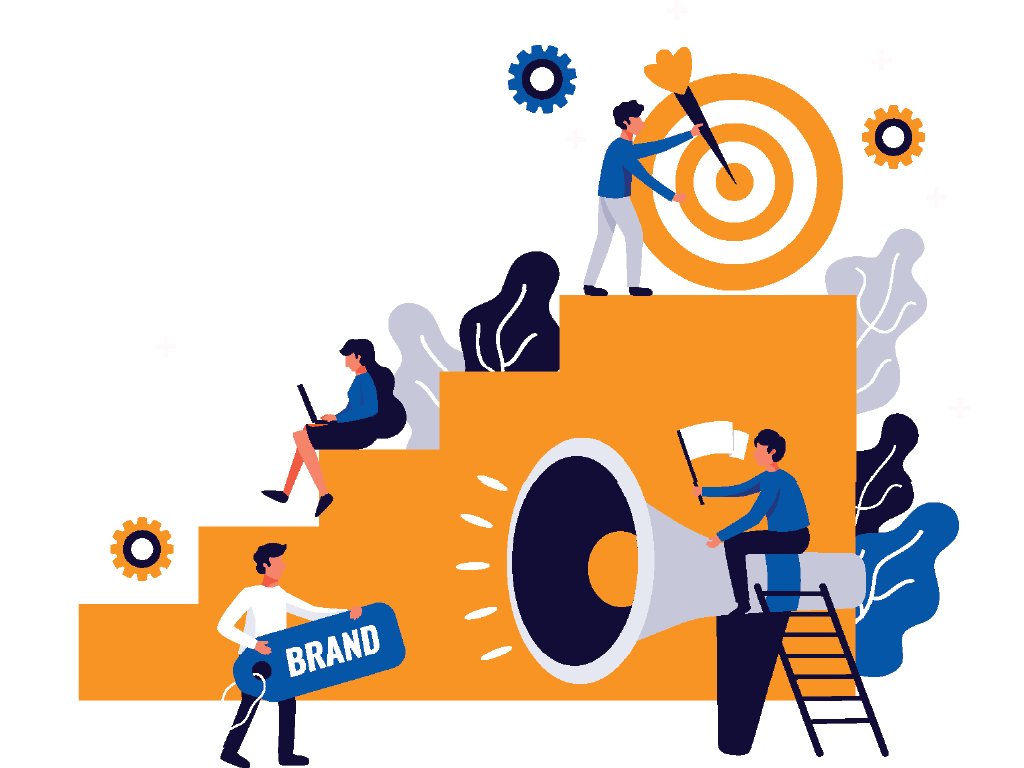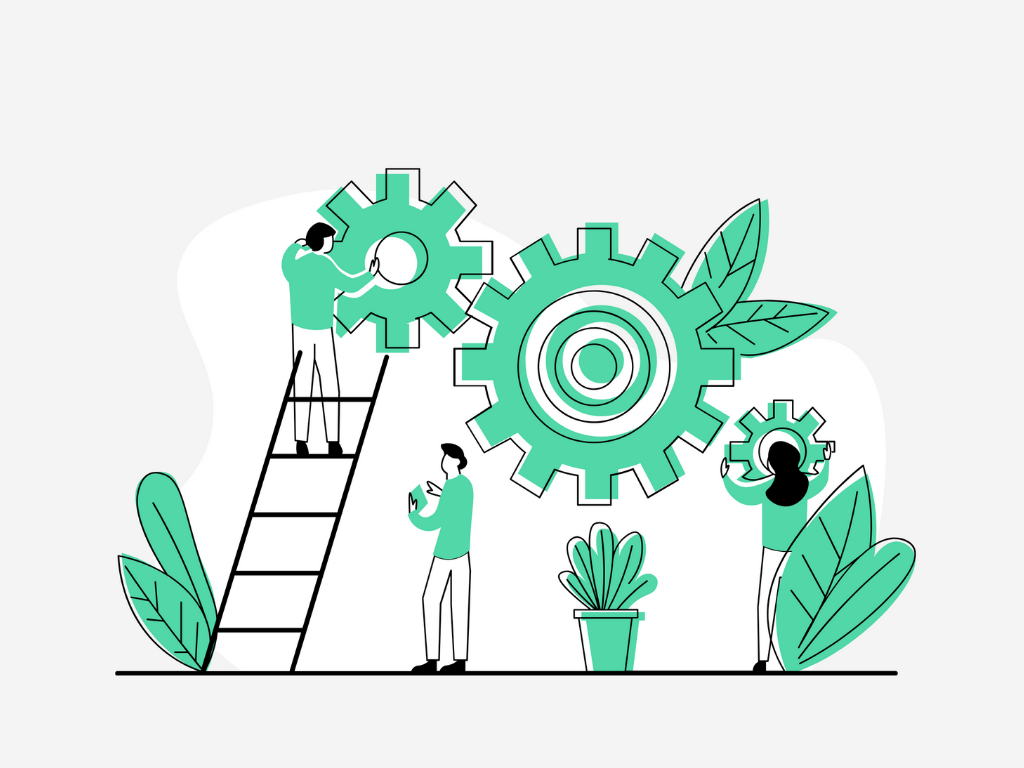Brand Loyalty and Customer Experiences

Meatloaf? Chicken soup? King ranch casserole? Fried chicken? Chocolate cake? Apple pie? What’s that one dish your mom used to make to which no other replica can compare? The single recipe that even a Michelin–star chef could not compete on your palate’s battlefield? Maybe she brought her special soup every time you were sick. Maybe her chocolate cake reminds you of returning to your beloved childhood home after sports practice. It seems mom just knew when you needed that favorite dish to lift your spirits or celebrate a new achievement.
Now, I’m sure your mom’s cooking was amazing — (Hi Mom!) — but it isn’t just about the spices she used, or that extra egg or stick of butter that she put into her special recipe. Your long-standing preference for her version of your favorite culinary delight is about so much more than just the way it tasted — it was about the experience.
This dish made you feel special; it catered to you; it was adhered to other important events that have since become beautiful memories. Thus, you will always favor mom’s version and always be loyal to the “mom brand.”
(If you’re salivating right now, then you already understand the importance of brand loyalty.)

So, what is a “loyal” customer?
It is all too common for business leaders to assume that a satisfied customer is the equivalent of a loyal customer, expecting that just making customers happy ensures they will be returning customers. Your customer’s satisfaction is only the tip of the iceberg, however.
Failing to expose your customers and your brand to deeper, more meaningful, loyalty-building experiences, you will lose out on greater profit realization, and more than likely, experience a higher rate of customer attrition, ultimately running the risk of losing ideal loyal customer candidates to your competitors.
The key differentiators between a loyal customer and a satisfied customer are the likelihood that customers will return to your business and recommend your business to family and friends. Service Management Group, an experience management firm, explained this unassumingly dangerous difference in “Five things we learned from talking to more than 1 billion people,” one of their 2018 reports: “If you survey customers and ask them to rate their experience on a 5-point scale, where 5 represents “highly satisfied” and 4 represents “satisfied,” it’s important to know how wide the gap can be between 4 and 5. They’re not the same. Not even close. In fact, 4 might mean almost nothing.”
Even though this report is from about three years ago, consumer trends – B2B and B2C – emerging from the 2020 “Covid/Post-Covid Era of Business” are proving that the gap between a satisfied and an extremely satisfied customer is only widening. Accenture Innovative, a marketing company that reimagines business through experiences, highlighted this significant shift in 2020 consumer behavior in their 2021 Fjord Trends report, finding that 75 percent of U.S. customers tried different stores, websites or brands during the pandemic and 60 percent of those expect to integrate new brands or stores into their post-pandemic lives.
This statistic is about as mind-blowing as it gets considering that we, as humans, are naturally resistant to change and this trait has almost always been reflected in our B2C purchases. It also directly relates to the importance of a more-than-average customer experience because your current and potential customers are now more willing to try new businesses to meet their needs.
This customer–experience trifecta wouldn’t be complete without the increase of new businesses in your market and the subsequent increase in competition and self-service. Accenture noted in their report a 50 percent increase in business created in June 2020, compared to June 2019, and an 80 percent increase in “DIY” searches on Google since March 2020.
This is even more alarming (no pun intended) for our industry where “DIY” is one of the top trigger words for professional installers and integrators. Your customers are not only seeking out self-service options more dutifully, but they are also being targeted by new and more “pandemic-proof” companies — your new competitors that are beginning their journey and building their brand at an advantage this year. As it stands to reason, for a business starting “from the bottom” in the midst the Covid and subsequent crises of 2020, the only way to go is up. It is easier to be carried by the winds of change if you are already moving with the flow.
And, with more business being done remotely and behind screens, coupled with the significant increase in self-service platforms for businesses owners to create their digital footprints in ways that are cheaper and easier than ever before, I believe one of the more pressing matters in 2021 is that we have found ourselves amidst a brand-loyalty crisis.
What is your customer’s new favorite dish? How do you serve it?
The question to ask yourself now is: “How does your brand serve an experience to your customer like your favorite ‘mom dish?’”
To answer this question, here are a few ways you can appeal to your customer’s palate and have them coming back for seconds and thirds and fourths …
Discover ways your electronic security business can become more versatile with the solutions you offer and in the markets you serve. ESA Member, Stanley Security, found industry trends signaling that B2B and B2C customers are seeking a solution provider that can be a “one-stop-shop,” as published in their 2021 trends report. This has accelerated last year with the technology boom, 5G expansion and other market verticals such as the cloud, cyber security, and augmented reality (AR).
It isn’t just about expanding your skillset as a professional, but future-proofing your business. Not to mention, the more you can adhere to your customer’s list of needs, the higher the chance that your customer experience breeds brand loyalty, while ensuring a higher level of customer satisfaction and chance of referral.
I would be remiss not to mention ESA’s National Training School and State Licensing Guide to help you and your leadership team with this task. By providing a wide array of certifications — with 70 percent approval by local AHJ’s across the U.S. — and a guide to help you understand state and local licensing regulations, you can easily and cost-efficiently enhance your menu to appeal to any “taste preference” in any 2021 electronic security market vertical.
Invest in your digital footprint by increasing your brand’s visibility and communication pathways. If you are not on the “digital menu,” then your customer cannot delight in your dish as customers are using the web to discover, interact with and manage their 2021 relationships with brands.
Get out there. Be transparent, be loud … but also listen and engage. Your customers are choosing brands that have transparent cost-structures, service–management responsibilities and customer service communication pathways that are easy-to-use and responsive.
Consumers have also been using the digital space to replicate or, at the very least, fill-the-gap from the lack of human interaction we have all experienced in the last year. Consider showing your best and brightest installs or integrations via a walk-through on the web, maybe utilizing AR. (I, for one, always appreciate a good picture of the dish I am about to order.) Make it so that your work makes customers’ mouths “water.”
Keep in mind that ESA has a digital and print marketing stack available to members that you can slap your logo onto and distribute on social media, local television and your website. ESA also promotes our members on our consumer-facing website, Alarm.org.
Survey your customers. A business owner can only make so many assumptions about what their potential, loyal customers want and what would keep them coming back for more.
To deliver a brand-loyalty experience, you need to understand what takes your customer from just satisfied to highly satisfied. This will also keep a finger on the pulse of how your entire team is performing, since ensuring customer experience is consistent among all facets of your business is necessary to achieve brand loyalty.
While considering this, keep in mind that it is not the fact that a customer has had a bad experience that is the most important, it is how you respond to it. And, with customers reporting that they highly value a business’ ability to personalize and meet their specific needs, the correction of the mistake, or less-than-satisfactory experience, can turn a one-time-diner into a lifetime patron. #DishItUpLikeMama




